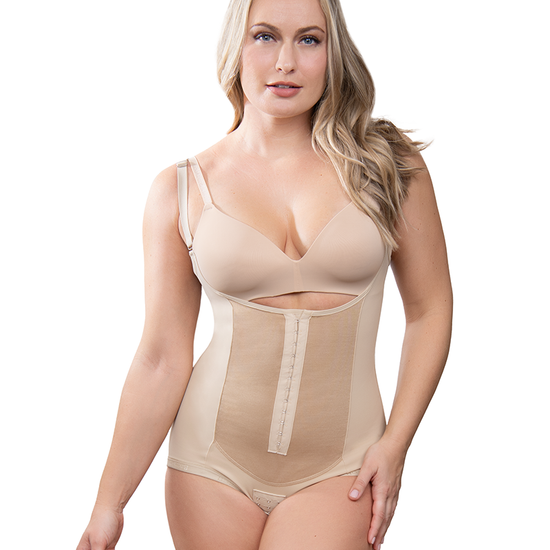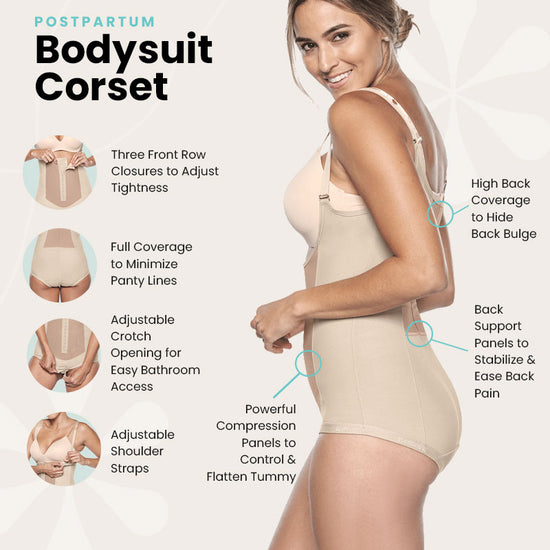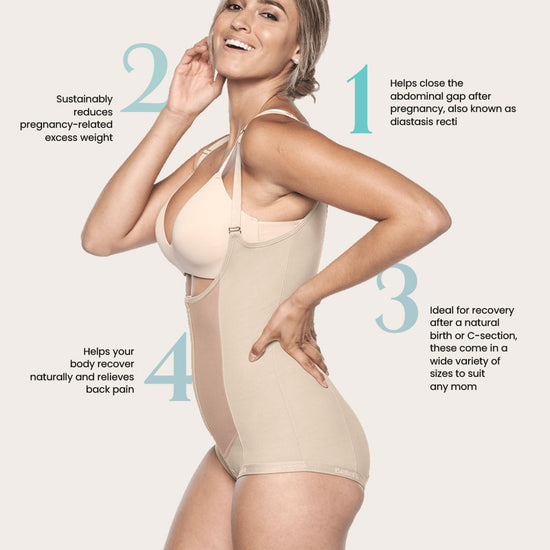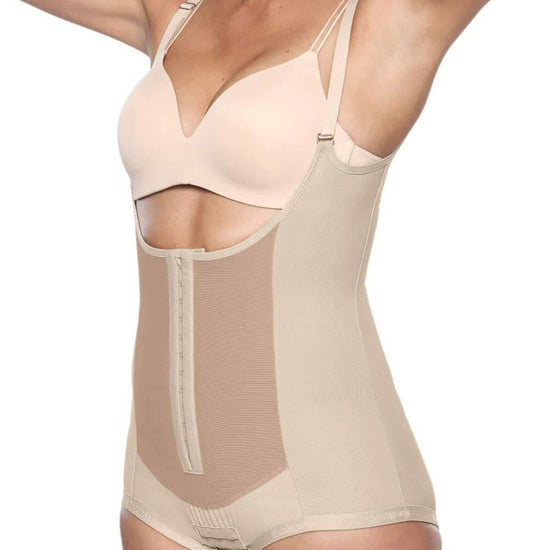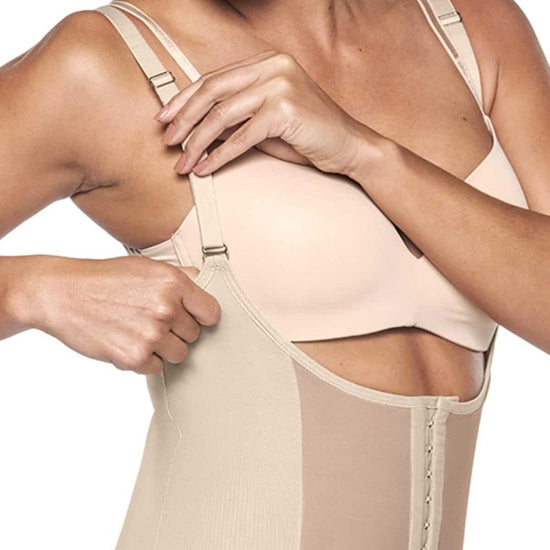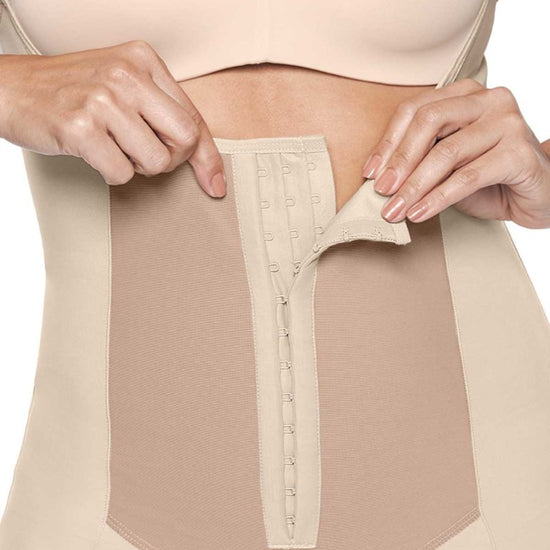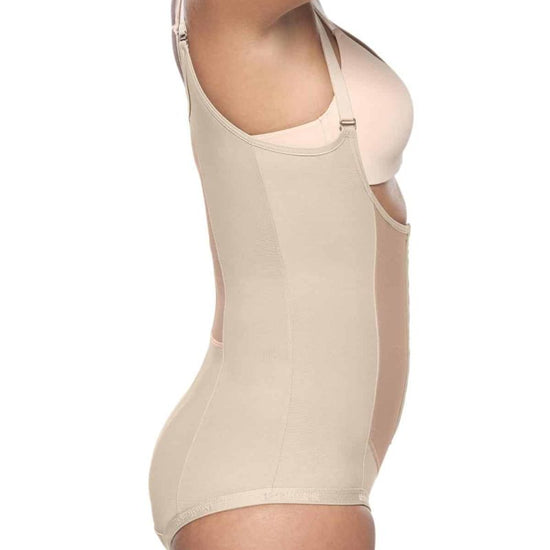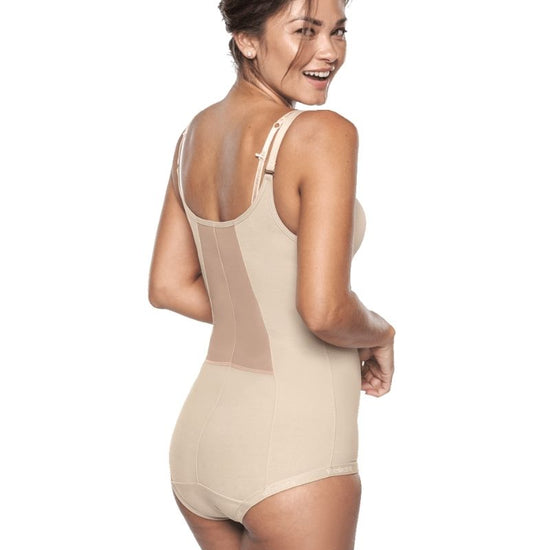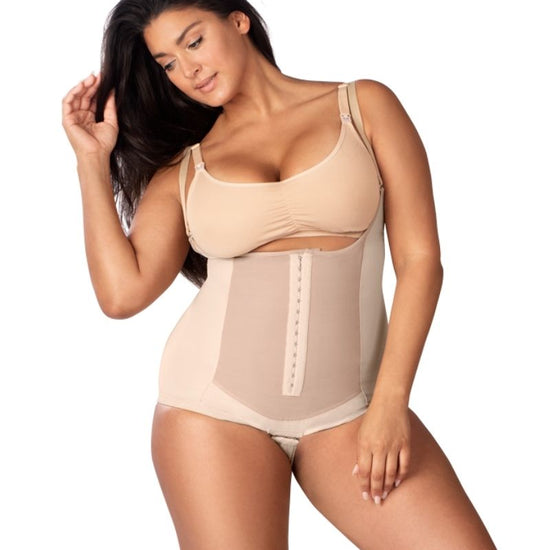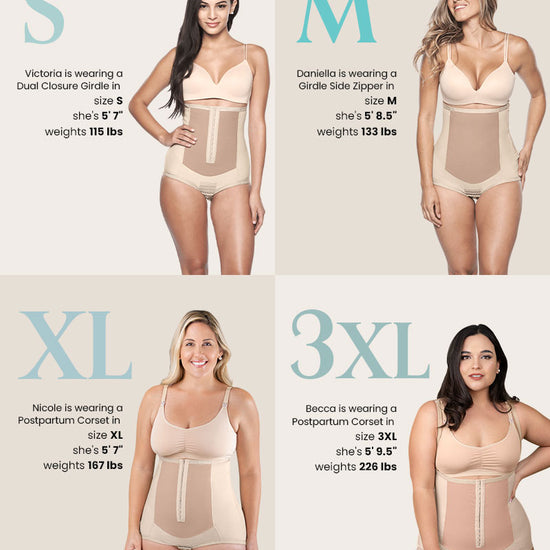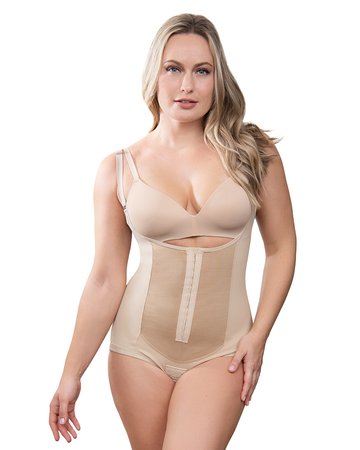- Find your current weight & hip range on the chart.
- If less than 36 weeks, add 1 Lb for each remaining week of pregnancy. 1 week = 1 Lb.
- Your ideal size will be based on your approximate weight at the end of your pregnancy.
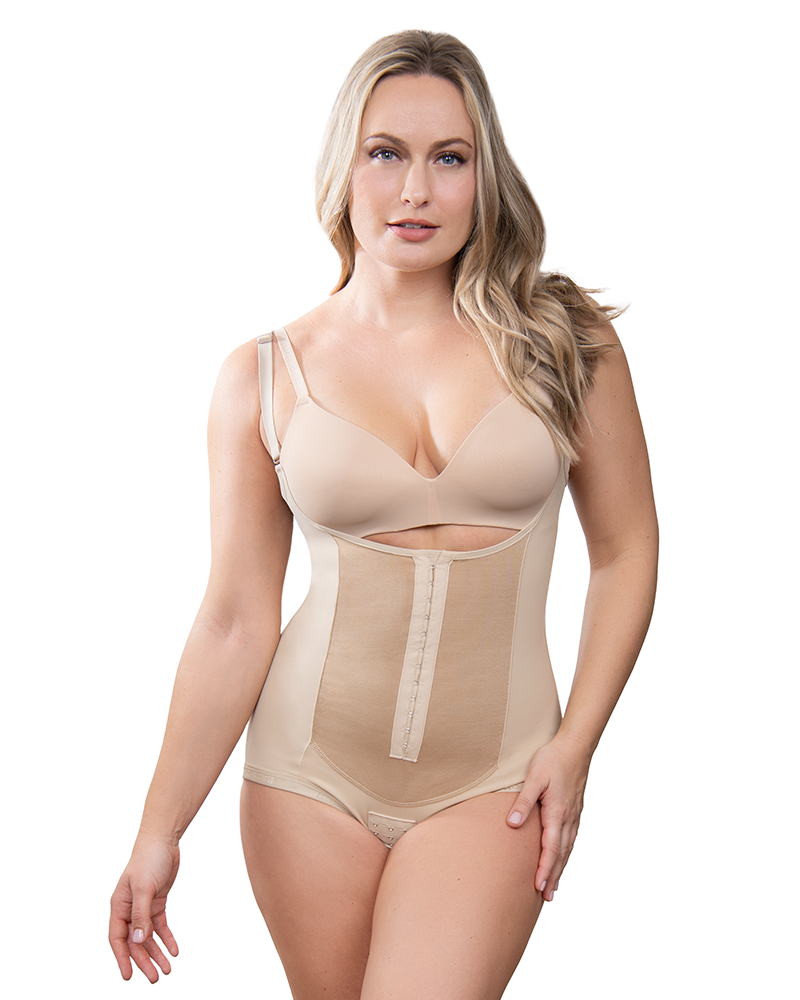
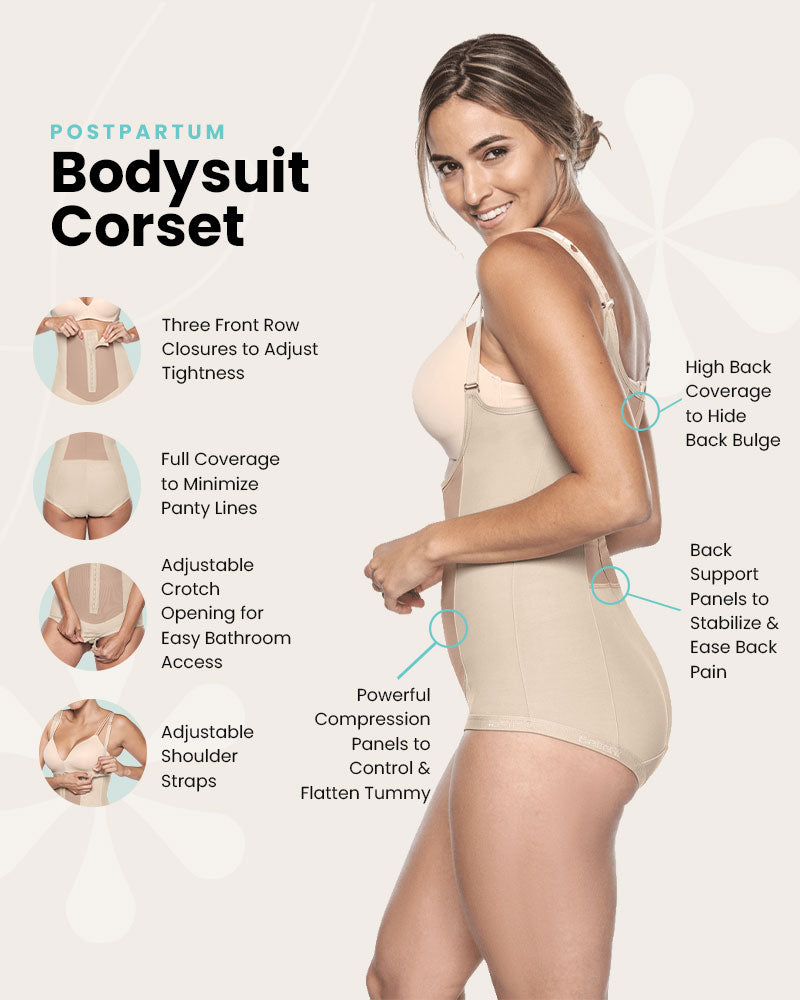
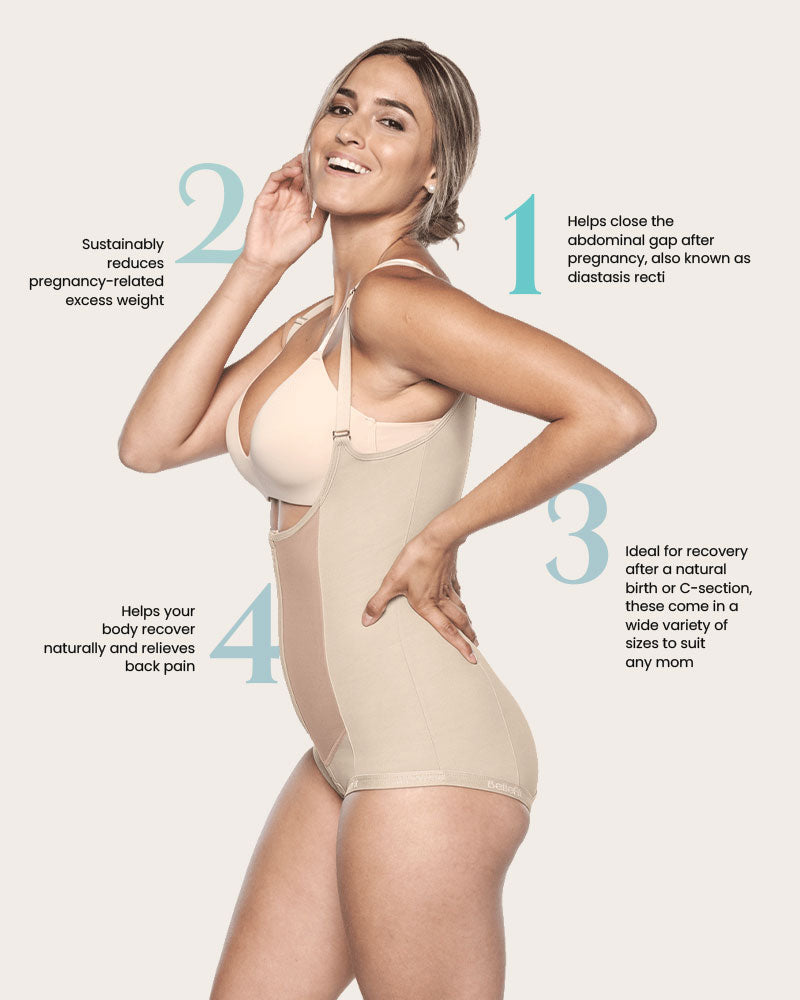
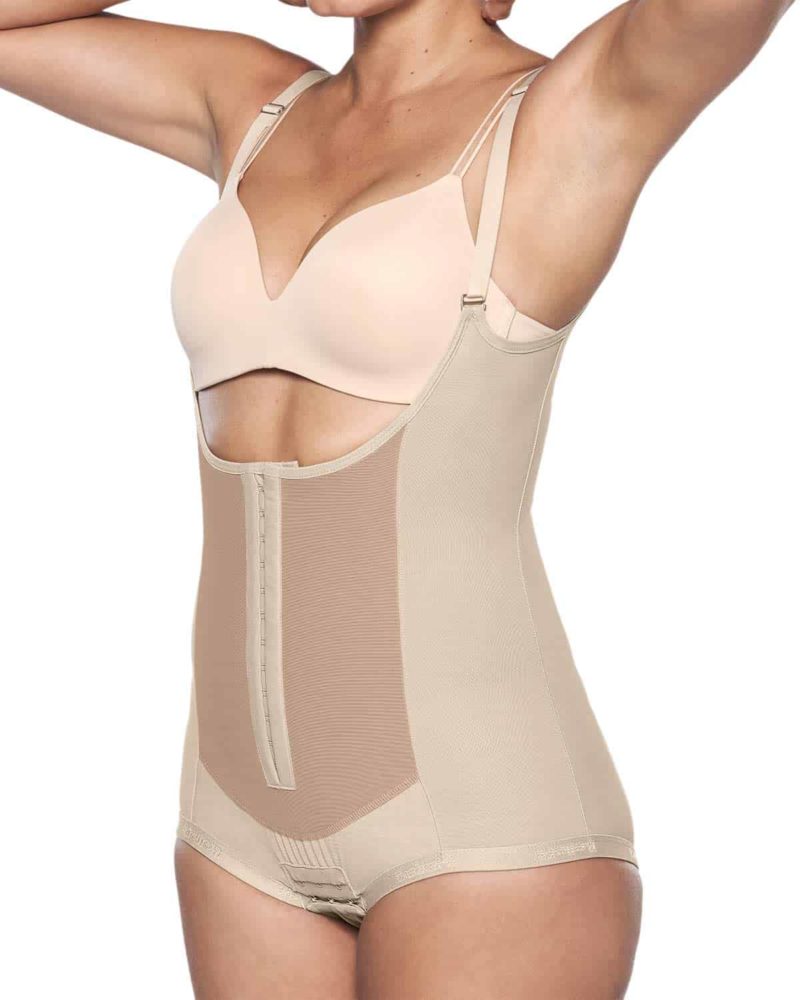
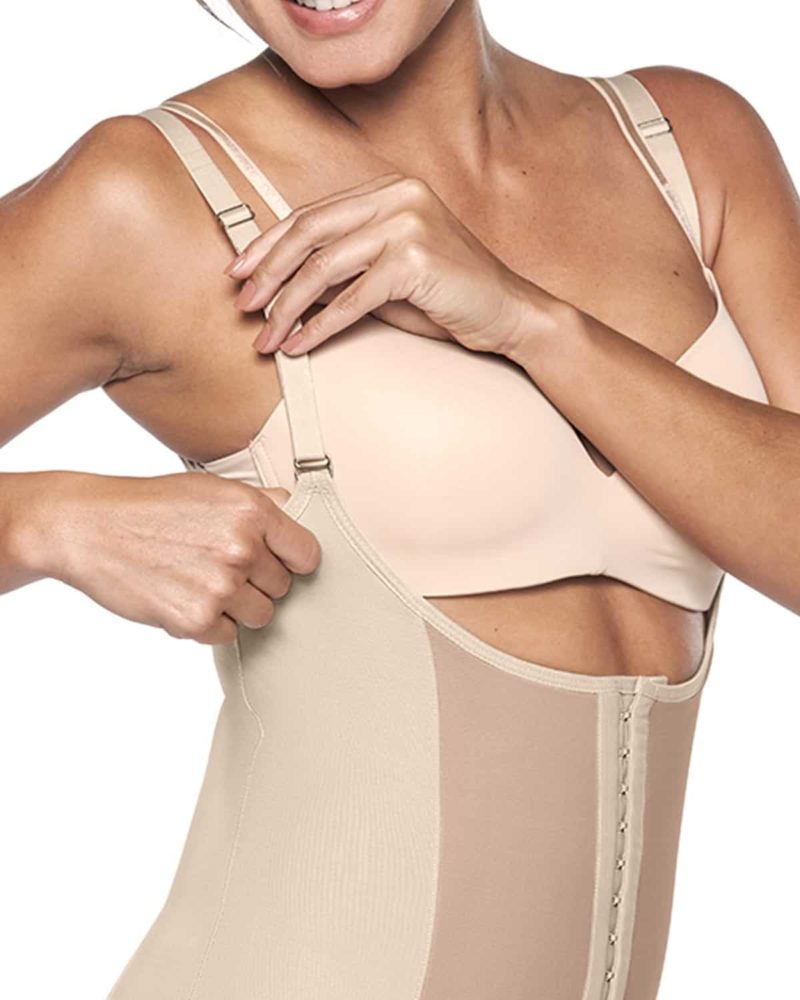
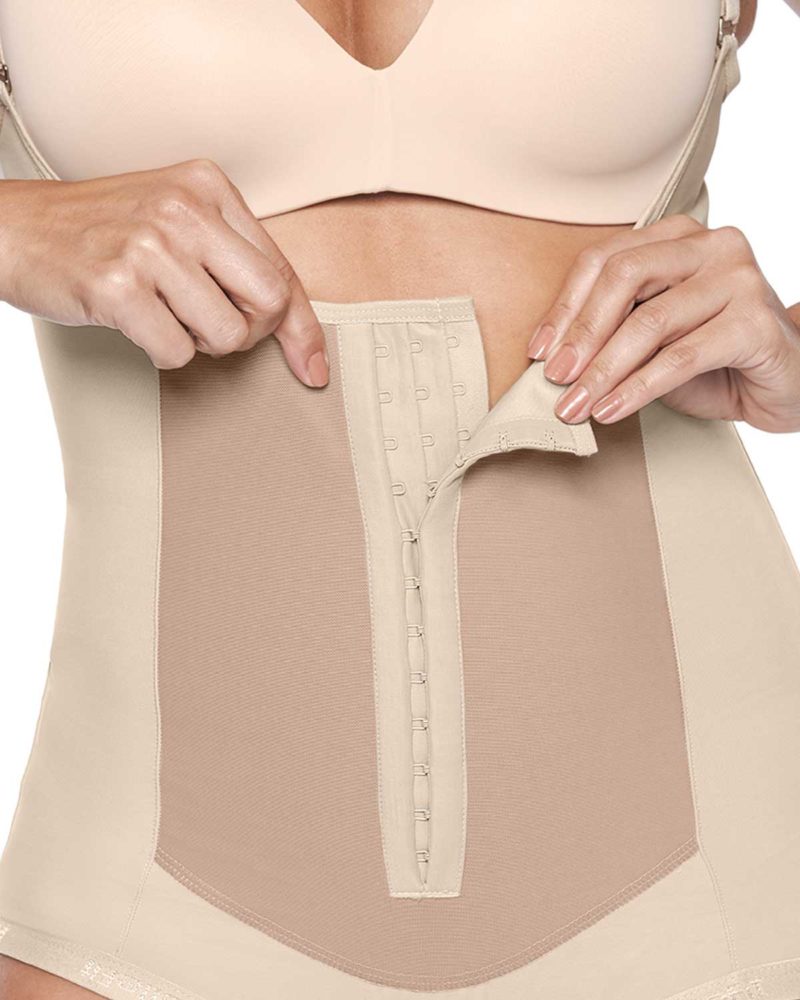
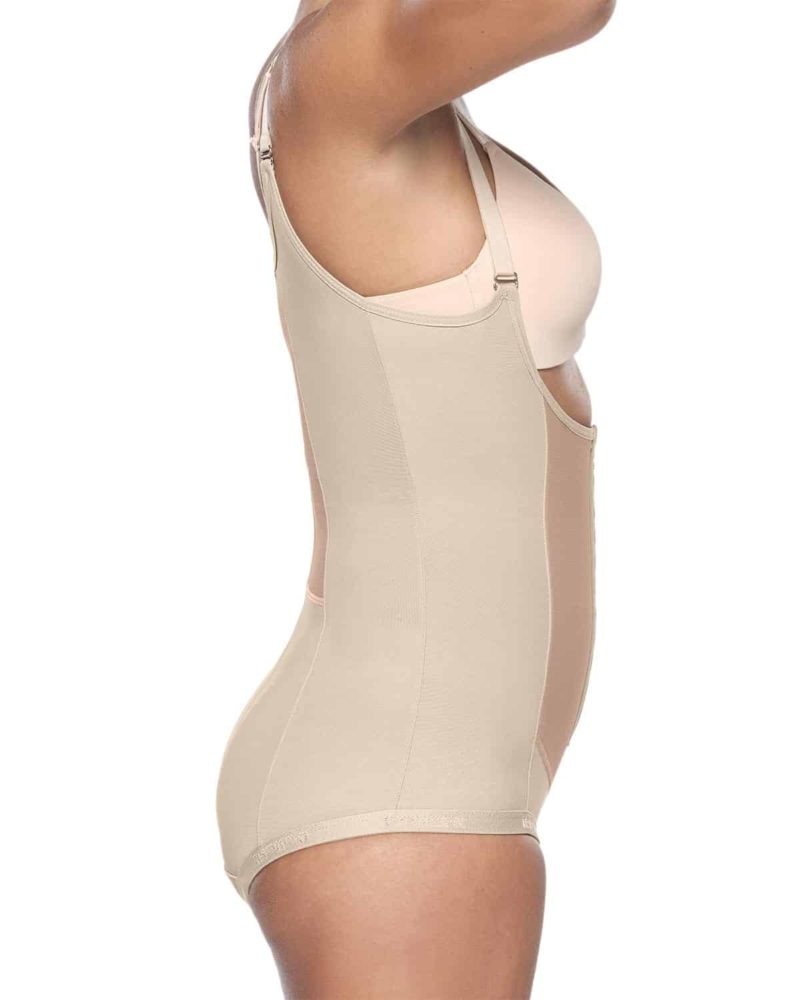
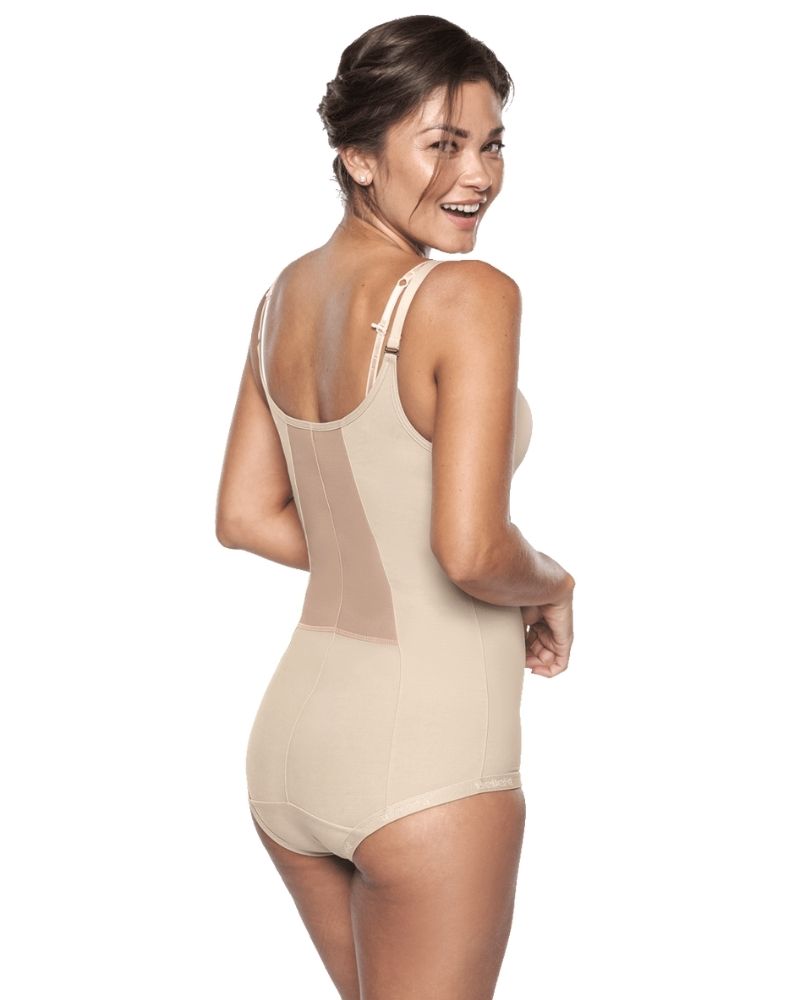
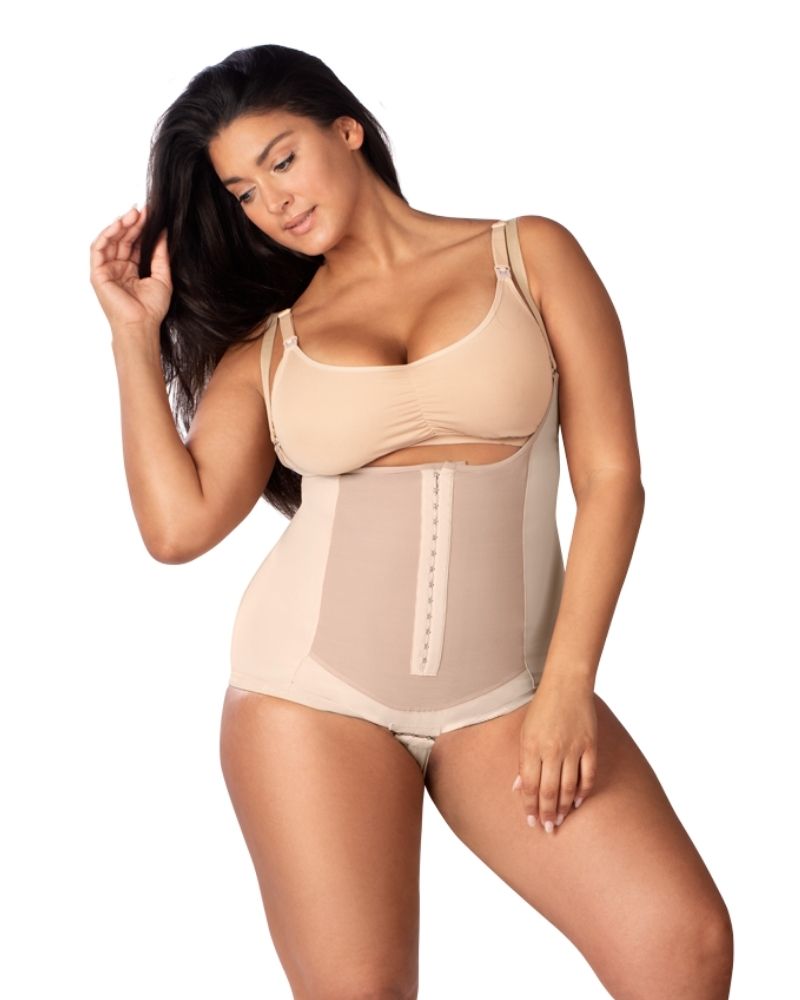
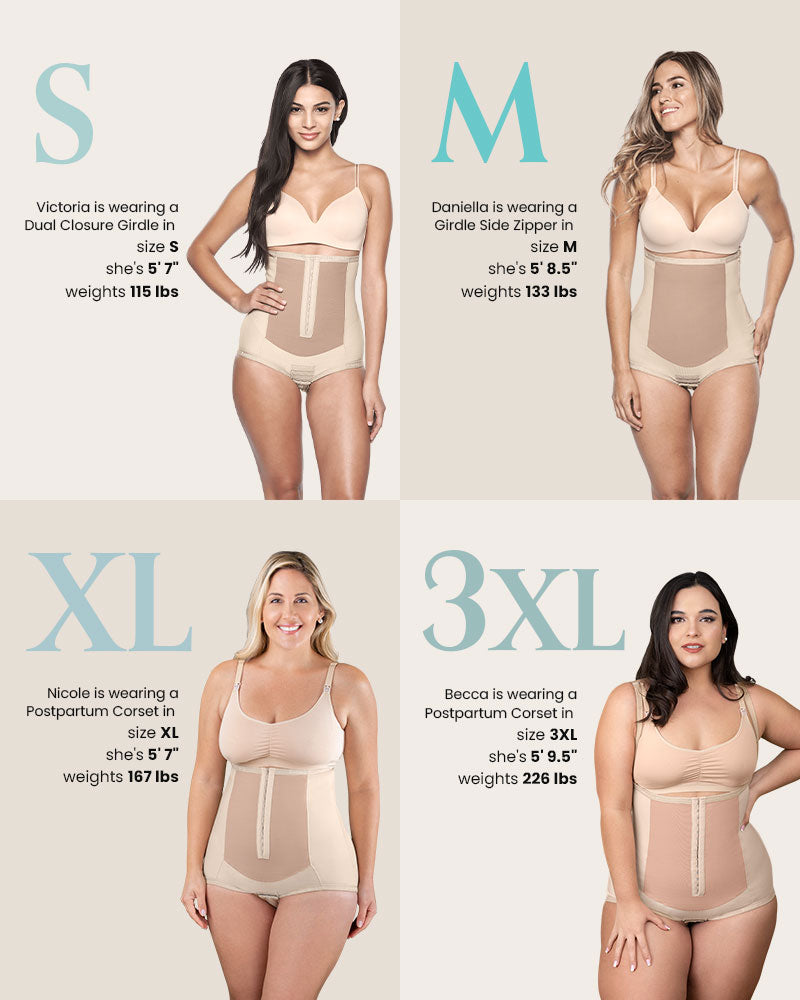

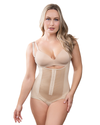
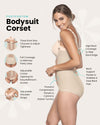


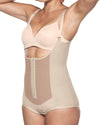
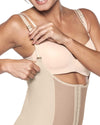
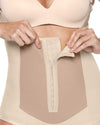
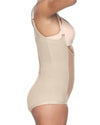




Postpartum Bodysuit Corset
Best-selling adjustable postpartum corset for
optimal recovery after C-section or natural birth.
Free Shipping for orders $70+
Easy 30 Days Returns & Exchanges
HSA/FSA Approved
PRODUCT DETAILS
* C-Section and Natural Birth Safe
* Adjustable
* Full Rear Coverage
* FDA Registered
RETURNS AND EXCHANGES
* Return or Exchange Within 30 days After Purchase.
* Items must be unworn, unwashed, and unstained.
* Wear underwear or leggings when trying on your girdle to avoid damaging the garment.
FABRIC
* Breathable and Hypoallergenic
* 85% Polyamide & 15% Spandex. Latex free
-
Free Shipping for orders $50+
Money back within 30 days for an exchange.
What is a Postpartum Girdle?
A postpartum girdle is a medical-grade compression garment designed to support the abdomen,
waist, and lower back after childbirth. Bellefit postpartum girdles help new mothers regain core
strength, improve posture, and provide gentle yet firm compression to promote faster recovery.
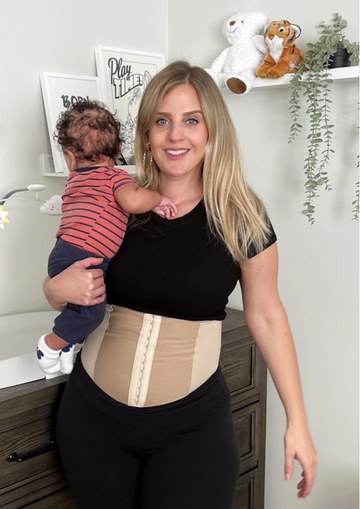
Why Choose Bellefit Postpartum Girdles?
- Best Postpartum Girdle for C-Section & Natural Birth
Our girdles are designed for both C- section and vaginal
delivery recovery, providing optimal support and comfort.
-
- Supports Diastasis Recti Recovery
Helps bring abdominal muscles back together.
-
- Medical-Grade Compression
Speeds up postpartum healing and reduces swelling
-
- Postpartum Girdles with Zipper & Hooks
Multiple styles to suit every mom’s needs.
-
- HSA/FSA Eligible
Many Bellefit products qualify for health savings accounts.
How Does a Postpartum Girdle Work?
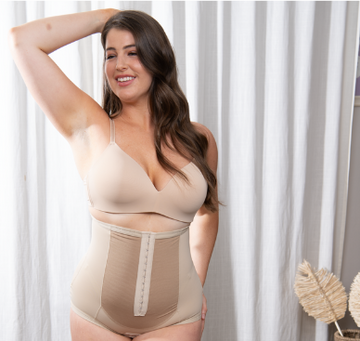
Support abdominal
muscles weakened
during pregnancy
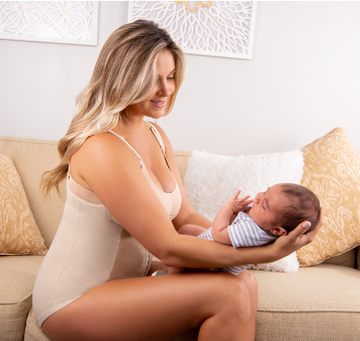
Reduce postpartum
swelling and discomfort

Promote faster recovery
from C-sections and
diastasis recti
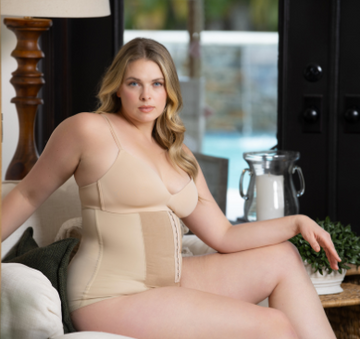
Improve posture and
provide back support
Embrace your postpartum journey with confidence and comfort. Slip into a Bellefit girdle and feel the support your body deserves
Feel better, recover faster! Bellefit the go-to choice for moms for over 18 years
Discover more in our FAQ
Start wearing your Bellefit girdle as early as 24 hours after delivery (or as soon you got discharge from the
Hospital) and continue for up to 12 months postpartum.
It's optimal to begin wearing Bellefit right after birth, however, you will still see results if you begin to wear
your girdle at any time during the first year after delivery.
Still present after childbirth are hormones secreted during pregnancy. These hormones, estrogen,
progesterone and relaxin loosen the abdominal muscles, the pelvic structure and supporting ligaments and
joints.
Bellefit works together with your natural process of recovery. The girdles act to retract the body by drawing in
stretched muscles and providing medical-grade compression to your abdominal area.
We have heard great testimonies from women who began using Bellefit 8-10 months postpartum and were
able to benefit greatly from its use.
Of course, you have 30 days from the purchase date to return or exchange your item.To ensure an
easy return process please try on your girdle with underwear or leggings as we reserve the right to
refuse returns that show any signs of wear.
Use our Bellefit size chart to find the perfect fit or contact our customer services team for a sizing consultation
at: help@bellefit.com or text at 954 507 2436
Bellefit may be covered by your insurance.
For more details on how to submit a claim, please visit: How to Submit a Claim for a Bellefit Purchase
Please note our Bellefit.com online store does not accept HSA/FSA Debit Cards.
